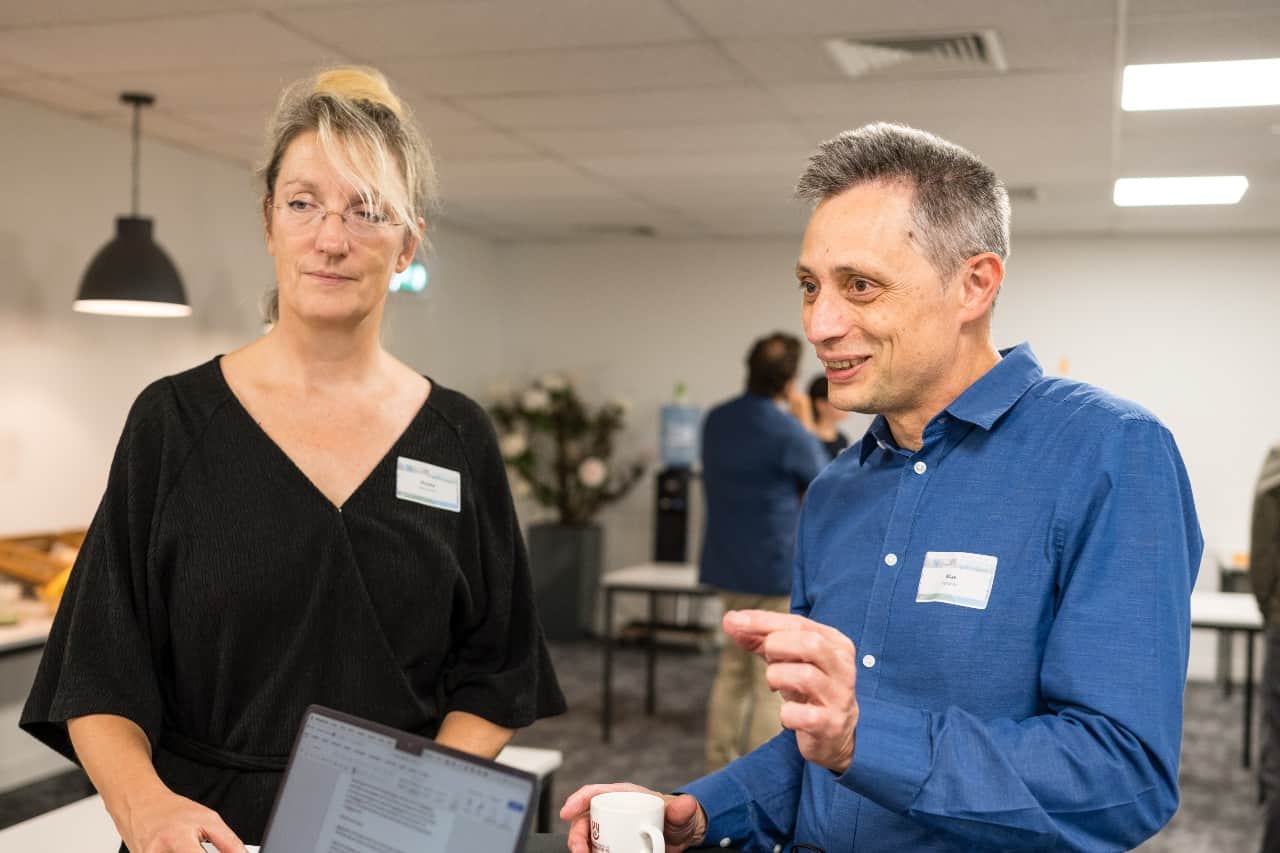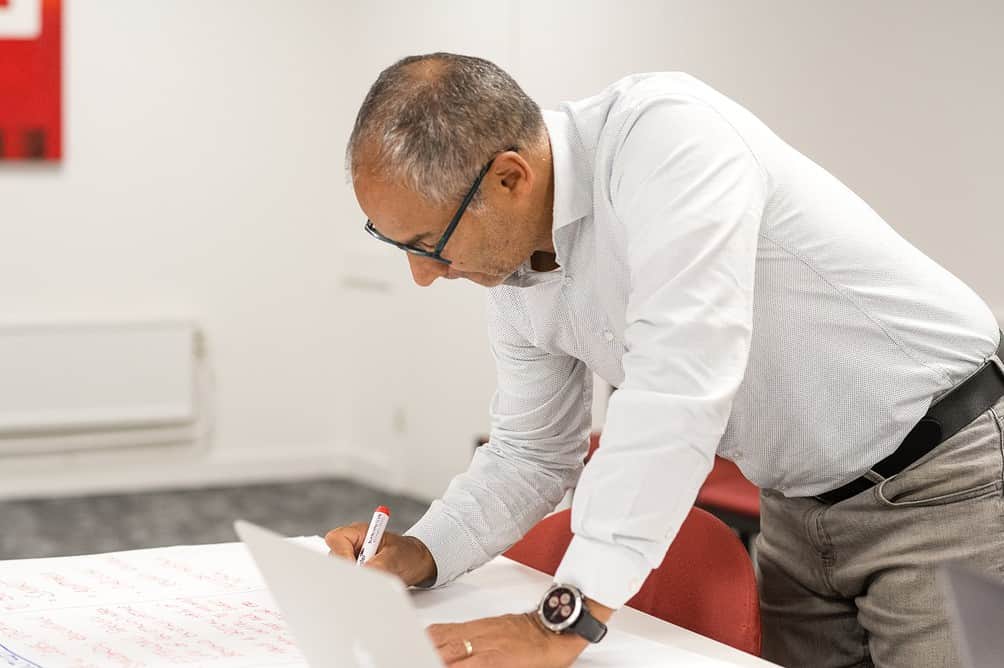
Climate change, raw materials running out, a huge housing shortage, and an ongoing labor shortage. The construction industry faces enormous and diverse challenges that affect the economy and society. Finding solutions is no easy task. If the construction portfolio is full, there is no time to invest in research, and if the portfolio is not full, there is no money for it. But time is running out, especially if we want to meet sustainability goals. Scientific research is a crucial part of our future. In science lies the basis of innovations; research is often the beginning of new products and services.
That is why the built environment faculties of the technical universities in the Netherlands are joining forces in 4TU.Built Environment. Through better cooperation, research is used more efficiently. Researchers can coordinate who focuses on which topics and exchange knowledge and experience from previous projects.
- The construction sector faces several challenges, including climate change and a huge housing shortage.
- 4TU.Built Environment joins the forces of the engineering faculties of the Dutch technical universities for more efficient research and long-term vision.
- Basic research is essential for innovative solutions to societal problems in the construction sector.
From technology to application
Scientific research can consist of basic research and more applied research. In basic research, scientists often do not yet have a concrete application in mind. In this research, the foundations are laid for new technologies. For example, fundamental research into quantum technology was conducted for a long time without any clear application in sight. In fundamental research, scientists tried to understand how the technology works. With that knowledge, the foundation was laid that scientists can now use to conduct further research to arrive at concrete applications; applied research.
Applied research has become increasingly important in recent years. “This is partly because the government has changed its research funding policy. Researchers largely have to bring in their own research money. Funding from the government is going more toward topics that the government and industry consider important. That leads to short- and medium-term research. You cannot finance a PhD student from that, while that is the way for universities to conduct research in a research program,” says Maaike Riemersma, coordinator of 4TU.Built Environment.

Long-term vision indispensable
“Fundamental research is at least as important as applied research. That looks more at the long term; what is needed to solve the problems we will have in twenty or thirty years? That is exactly what universities are very good at. As far as we are concerned, fundamental research still features too little in the government’s innovation agendas,” Riemersma continued.
Max Hendriks, scientific director of 4TU.Built Environment gives an example: “An example from my field is the development of the Delta Works in the Netherlands. That was a mega project and the government contributed an awful lot to it financially. Much of the research was practical; the goal was to build delta works. There was also a lot of room for building knowledge through fundamental research. The knowledge gained then is still incredibly important today. If we do less basic research now, we will build up less knowledge for large projects like the Delta Works in the future.”
Science on the agenda
It is an important goal of 4TU.Built Environment to put fundamental research on the government’s agenda. “Our Domain Acceleration Teams (DATs) are very important in this regard,” Hendriks states. The DATs all deal with a specific theme within the built environment, such as infrastructure, digitization, and circularity. “It is a place where researchers meet and collaborate. For example, they can discuss who is the best researcher or what is the best organization for a particular research proposal. This ensures that research can be conducted more efficiently and effectively. In addition, a DAT is also a point of contact for people from the field and the government,” Riemersma adds.

Focus on impact
Cooperation between DATs is also important. That is why 4TU.Built Environment organized a meet-up last week in which stakeholders from different DATs came together. “We hope there will be a lot of meetings between scientists and exchange of ideas because I think there is also a lot of impact to be had there,” says Riemersma. That happened plenty during the organized meet-up. A crossover occurred between two DATs – one focused on health and the other on climate adaptation. They looked at their joint impact on the built environment, for example in the area of green space and reducing heat stress.
Impact on society is becoming increasingly important, also within science. This involves not only technical innovation but also the social side. Scientists are increasingly challenged to look outside their technical field. Implementing an innovation in practice requires more than just technology. The social side, such as people’s behavior, is also important. Hendriks: “It is precisely by focusing on the impact that we also come across other scientific insights. It’s a nice interaction that ultimately takes us further.”


